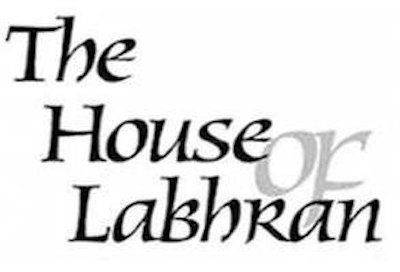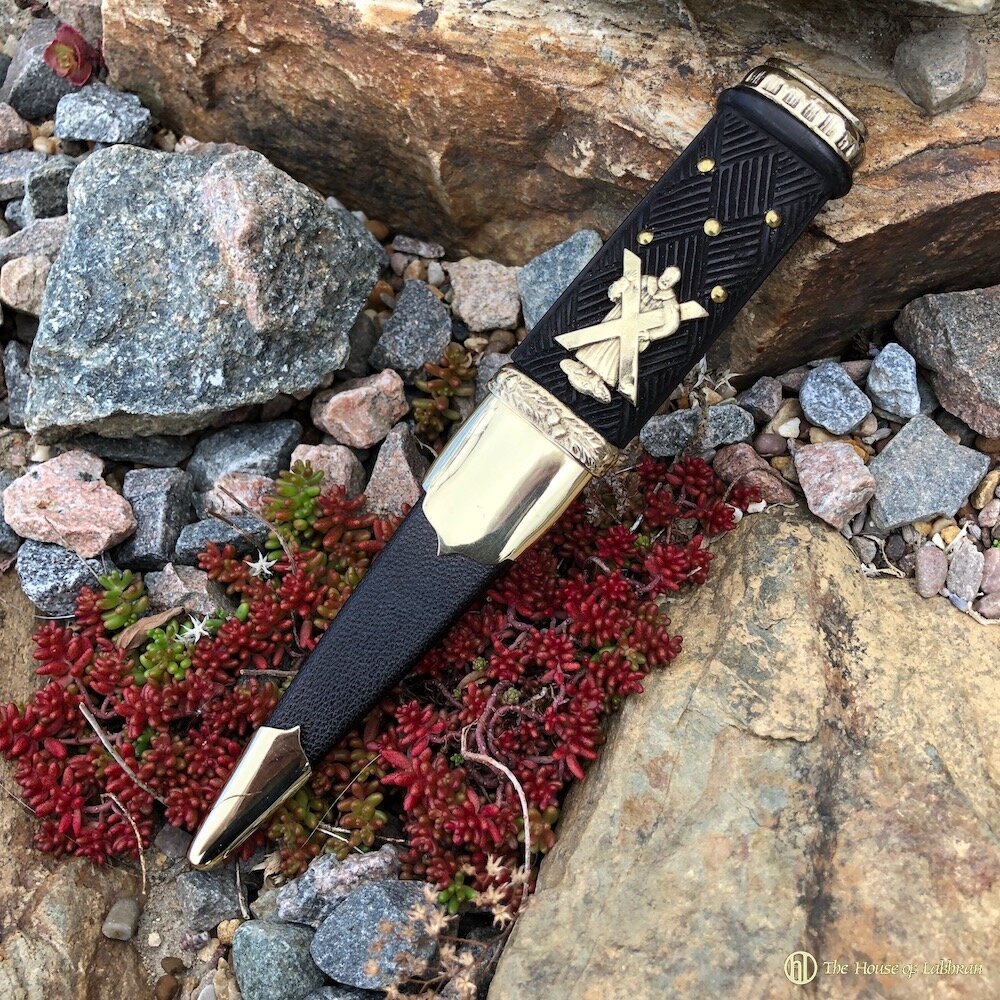Black Watch Royal Highlanders Regimental Sgian Dubhs
Black Watch Royal Highlanders regimental sgian dubhs - Hand made by the regimental silversmith, with the St Andrew ( wee Jimmy ) and thistle mounts and stone set with a real smoky quartz cairngorm. Hand carved black wood hilt and leather covered scabbard.
Black Watch Royal Highlanders Regimental Sgian Dubh
The Black Watch was raised in the wake of the 1715 Jacobite rebellion, when companies of trustworthy Highlanders were drawn from loyal clans comprising Campbells, Grants, Frasers and Munros. Six companies were then formed in 1725 and stationed in small detachments across the Highlands to prevent fighting between clans, to deter raiding and to help enforce laws against the carrying of weapons. In 1739 King George II authorised the raising of four additional companies to be formed into a “Regiment of the Line” of the regular army, with the Earl of Crawford as Colonel. The first mustering of the new Black Watch regiment took place near Aberfeldy the following year.
The Black Watch name was derived from the dark colour of the tartan and the original role of the regiment to “watch” over the Highlands. In 1743 the regiment was ordered to march to London for inspection by the King. Due to a rumour that they were to be forced to serve in the West Indies rather than service in Scotland for which they had been enlisted, many of the men mutinied and decided to return home. Over a hundred were captured and returned to London, where they were tried by court martial and three of the leaders were condemned to be shot in the Tower. The remainder of the regiment proceeded to Flanders for action against the French. It remains for speculation whether the 1746 Rebellion could ever have taken place had the Black Watch been left to fulfil its original role of policing the Highlands.
The Gaelic sgian dubh meaning “black knife”, where “black” may refer to the usual colour of the handle of the knife. It is also suggested that “black” means secret, or hidden, as in the word blackmail. This is based on the stories and theories surrounding the knife’s origin and the meaning of “Dubh” in Gaelic, in particular those associated with the Highland custom of depositing weapons at the entrance to a house prior to entering as a guest. Despite this practice, a small twin edged-dagger, (‘Mattucashlass’), concealed under the armpit, combined with a smaller knife, (‘Sgian dubh’).





